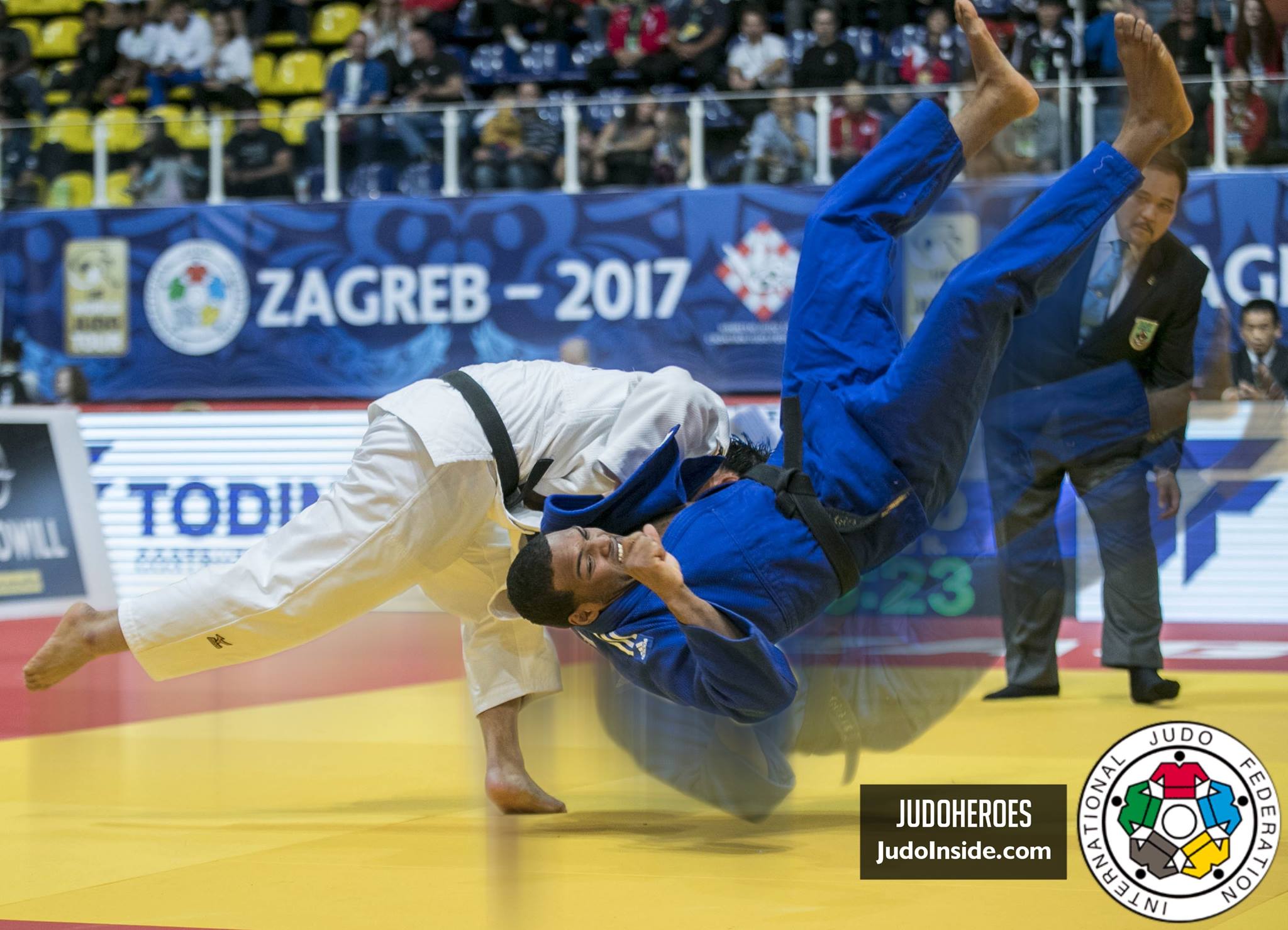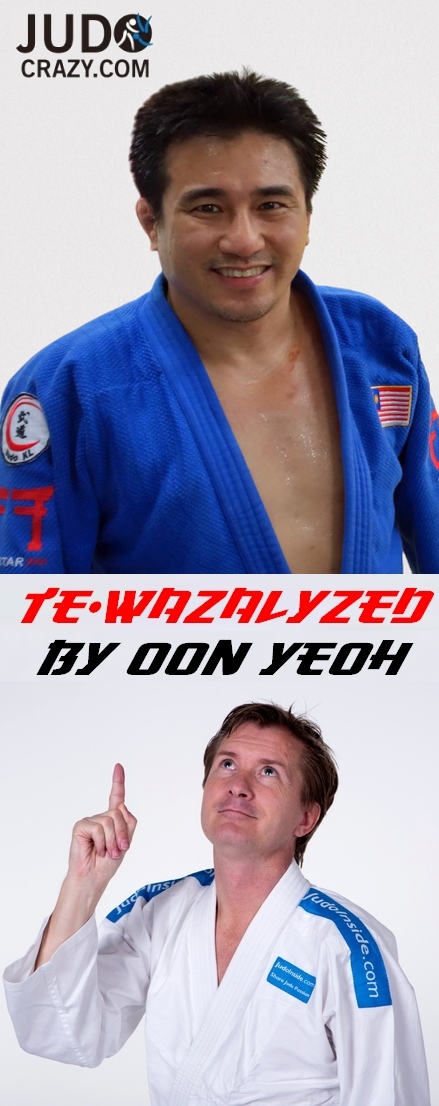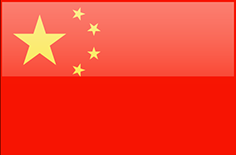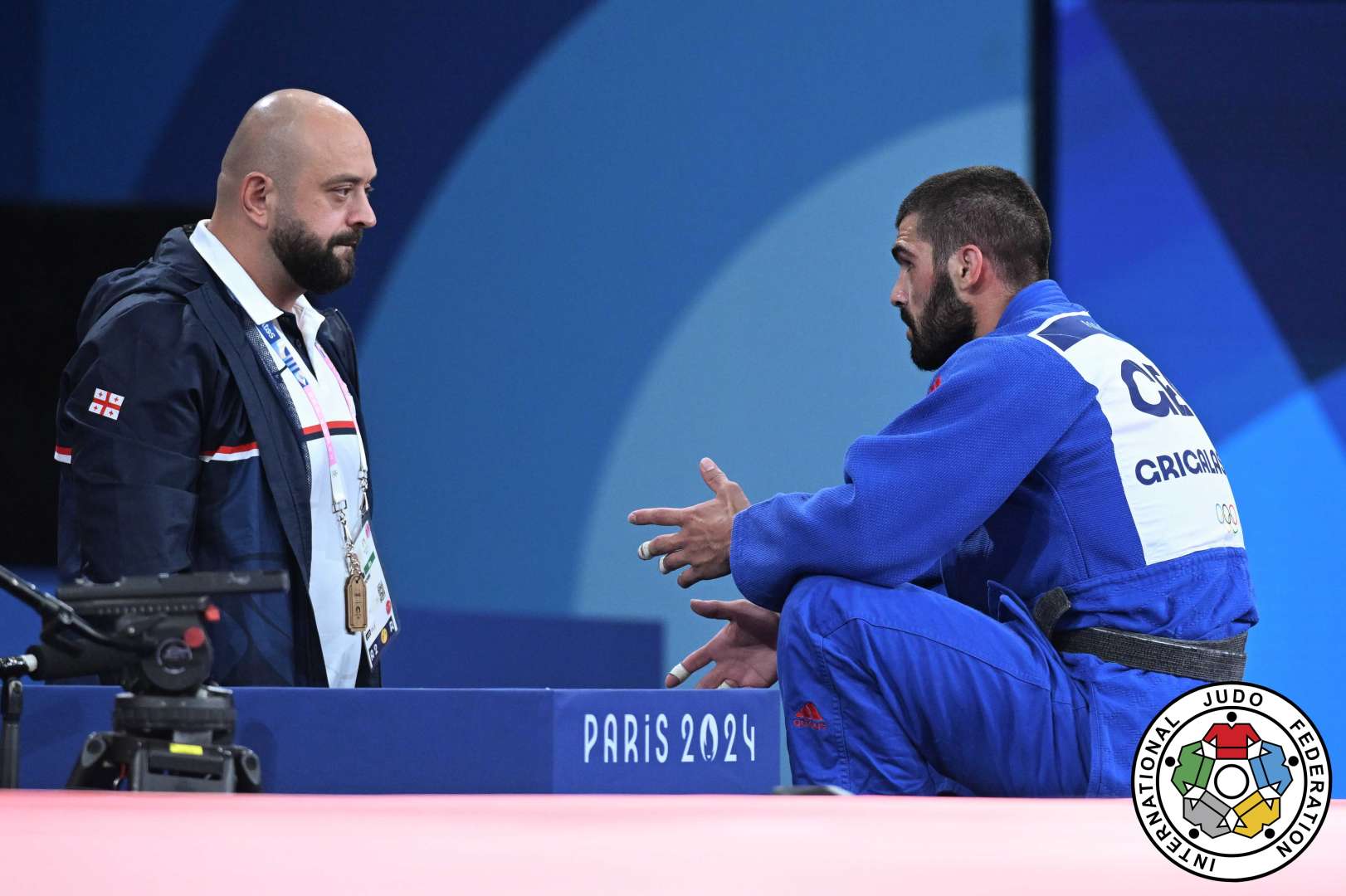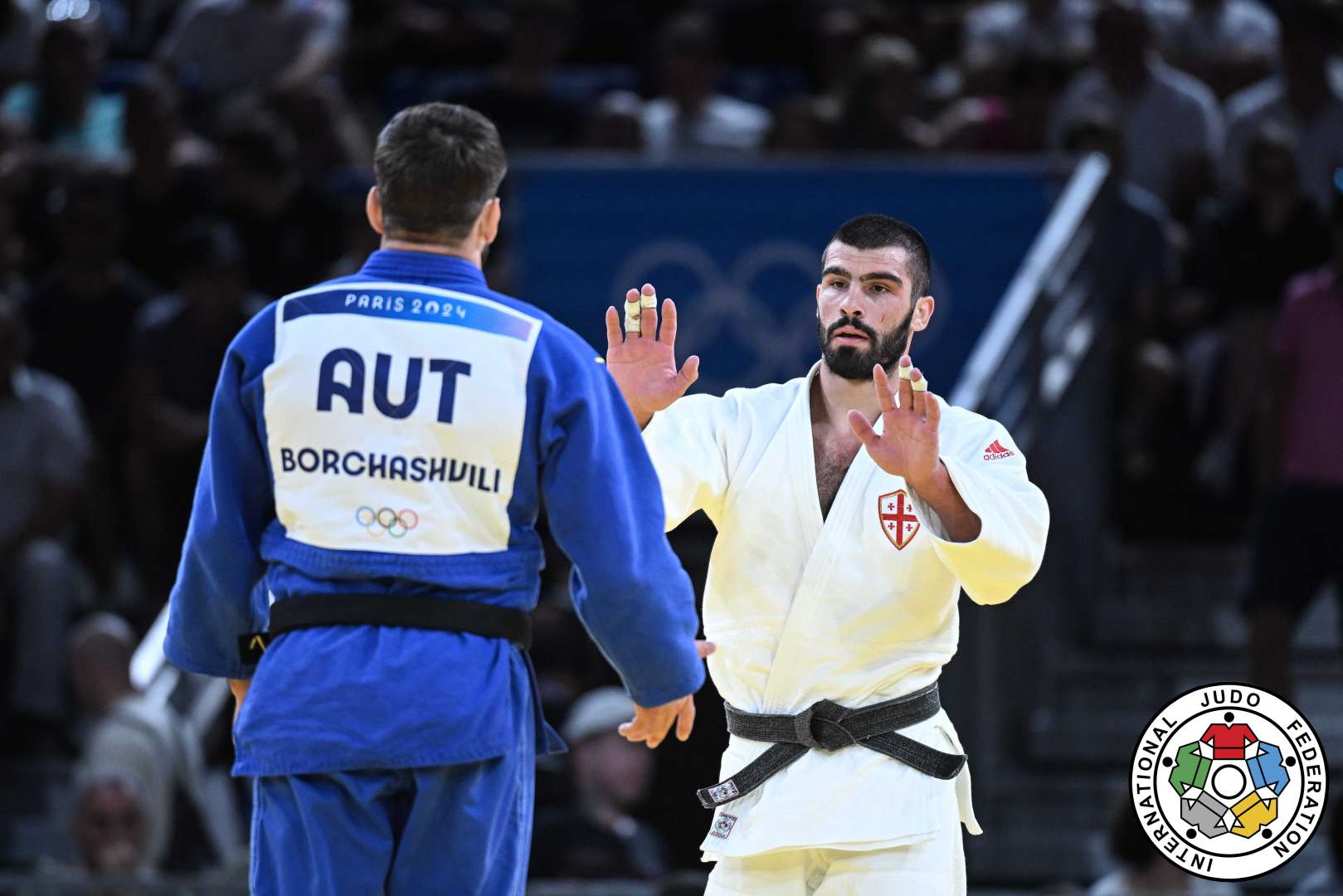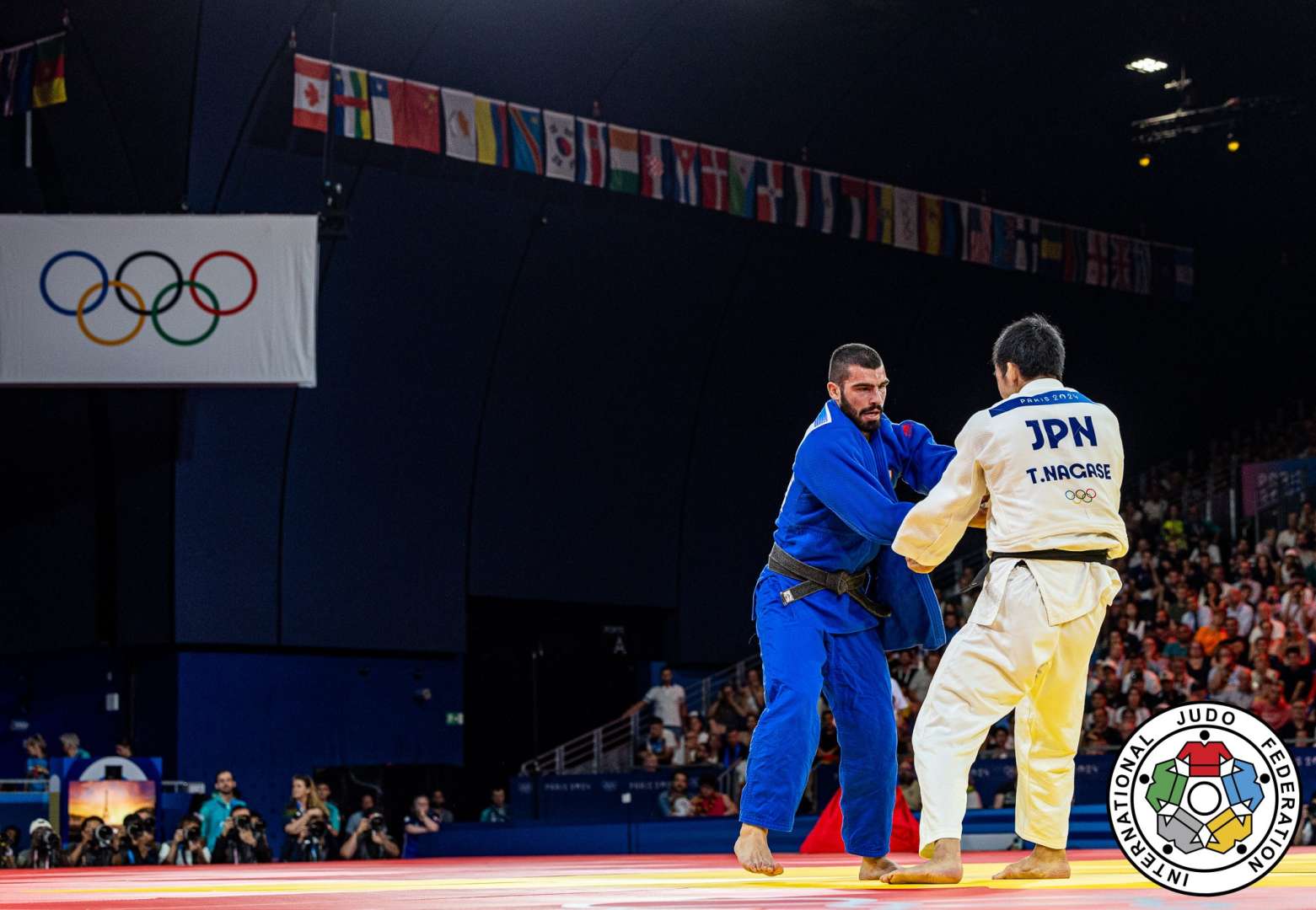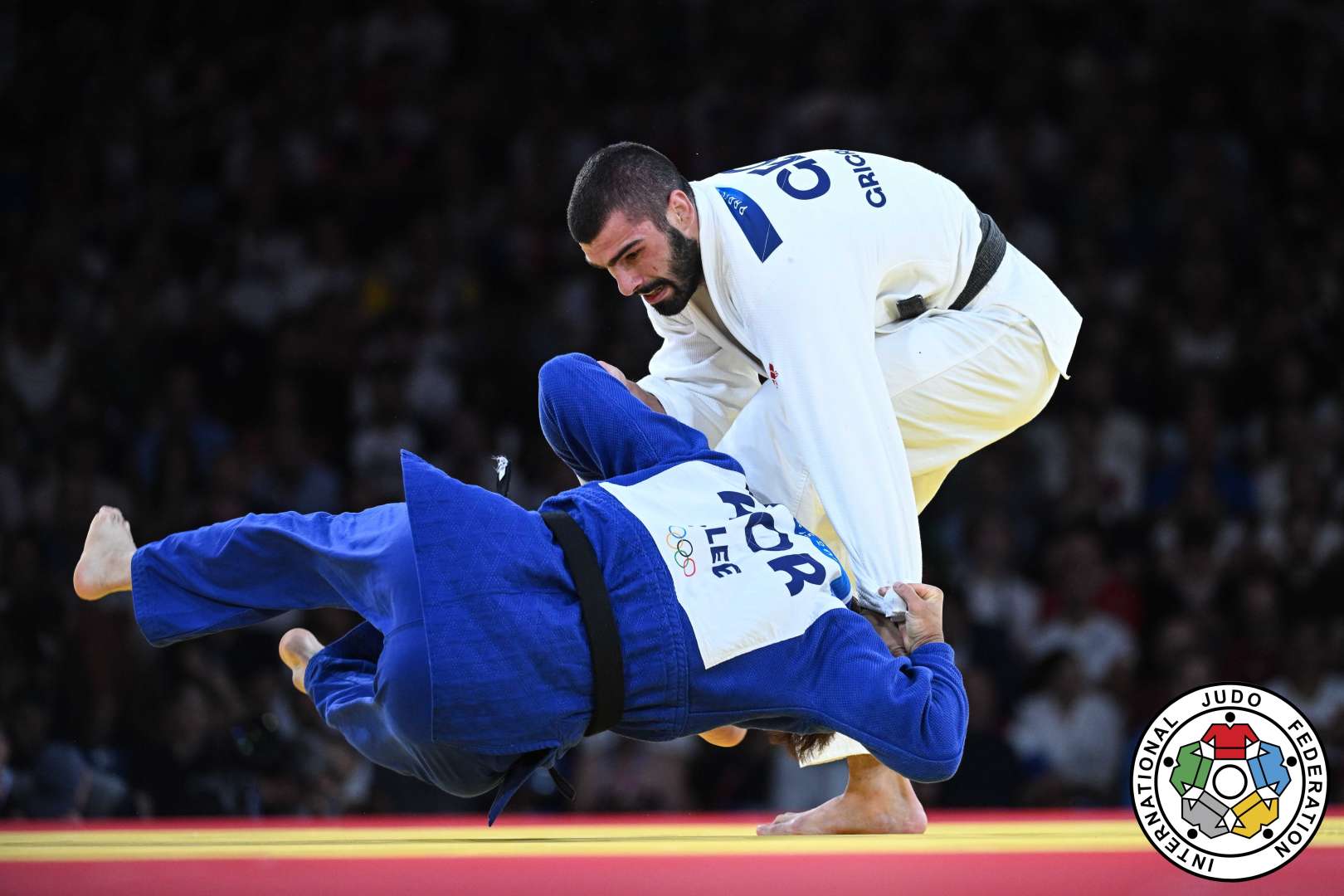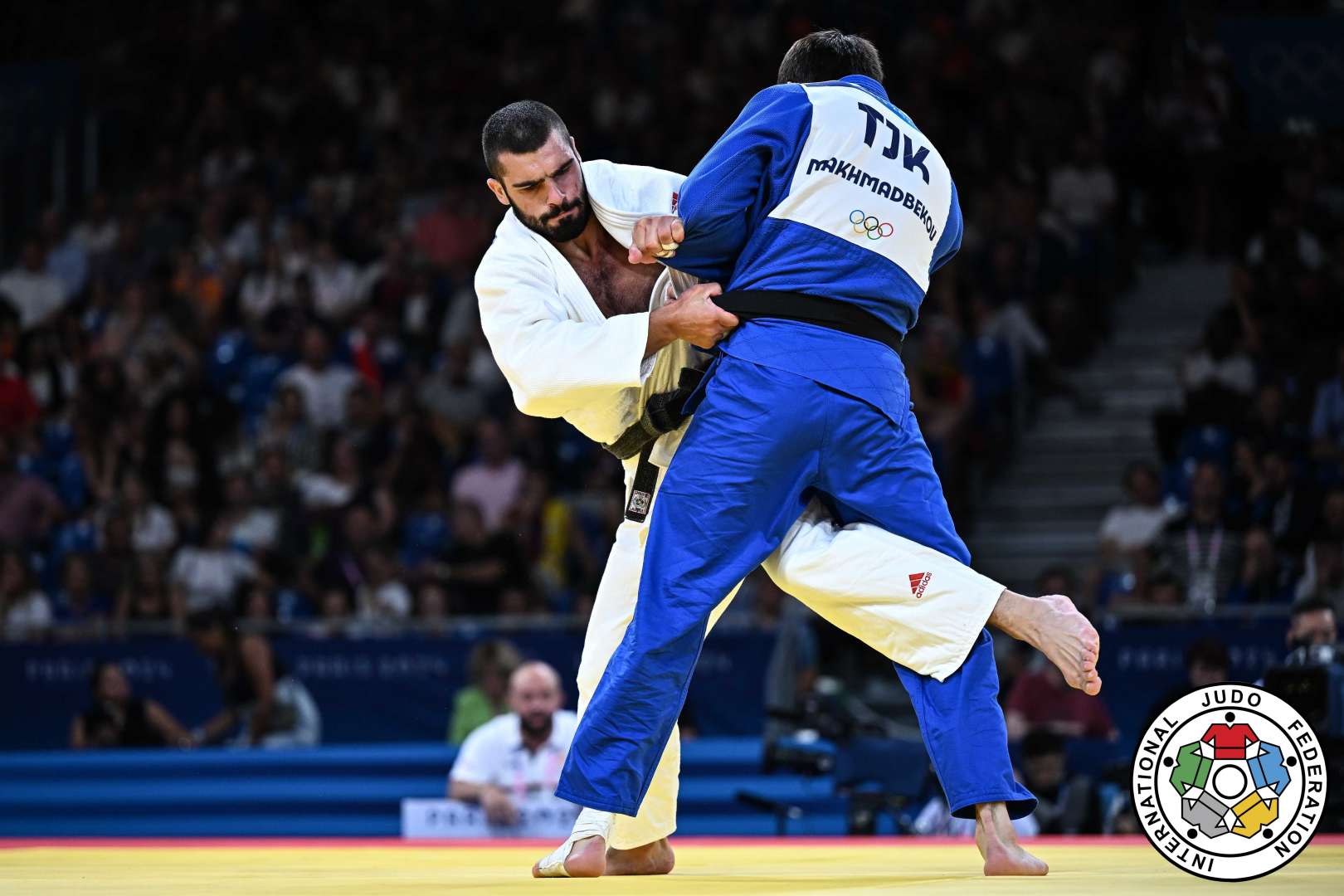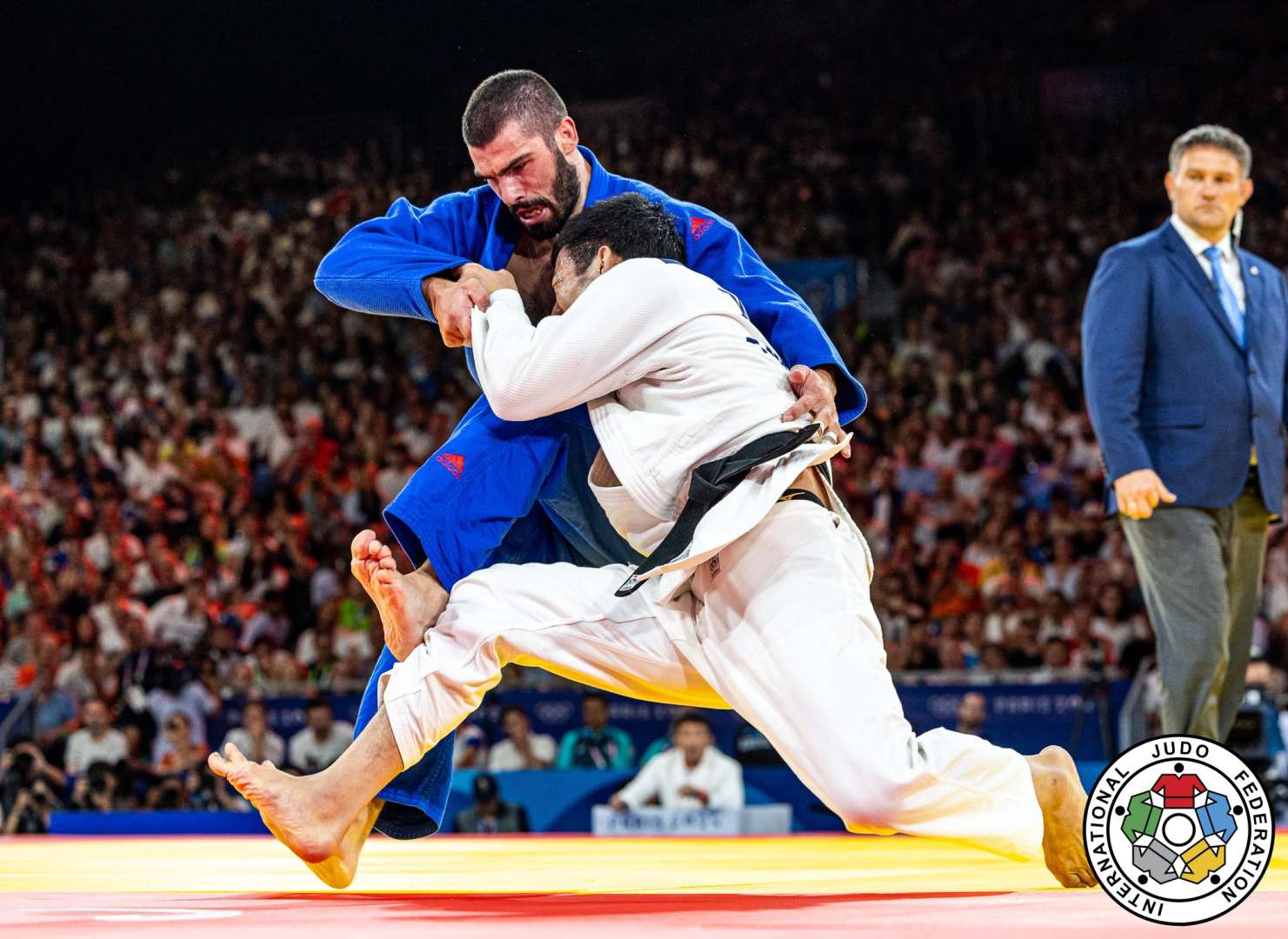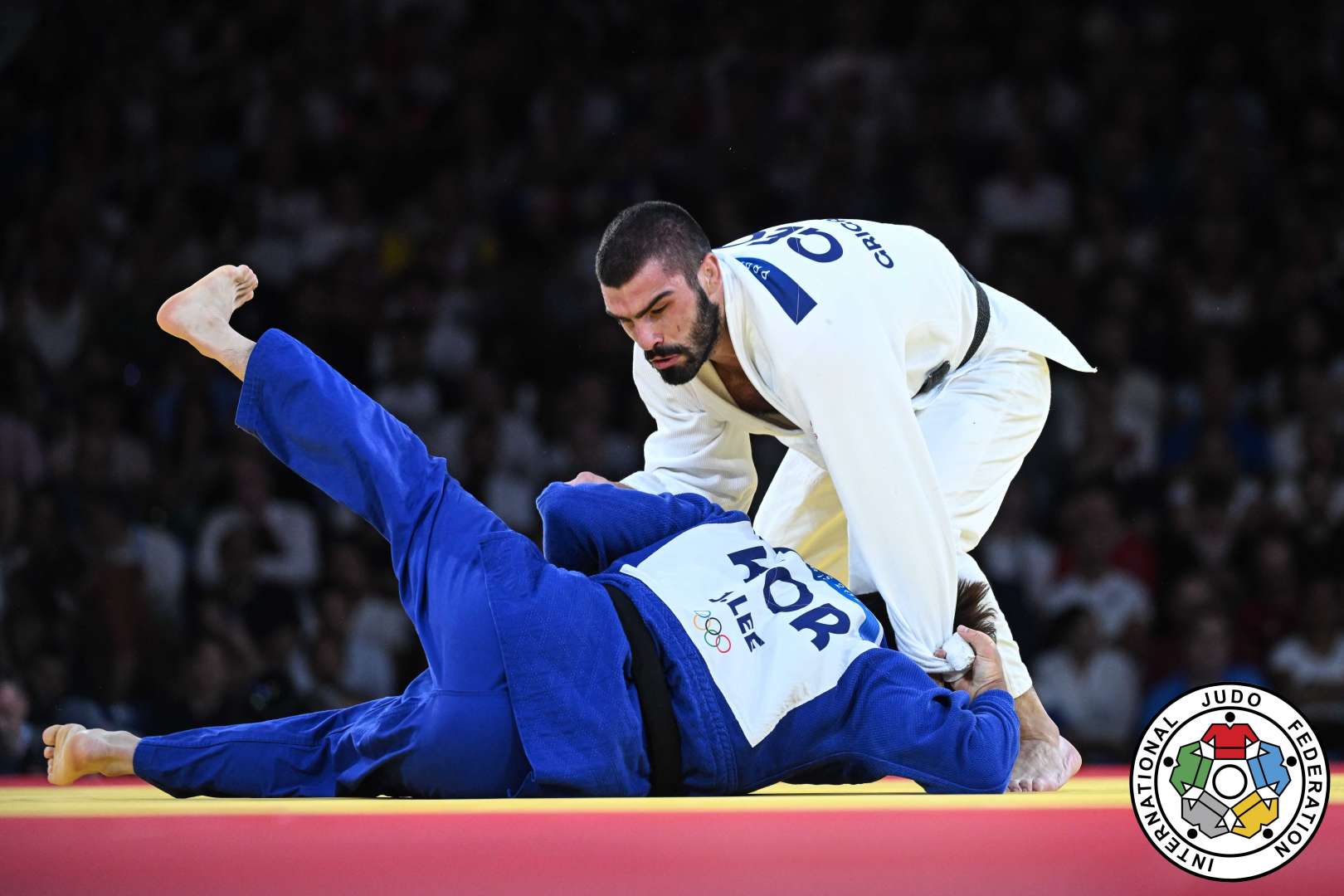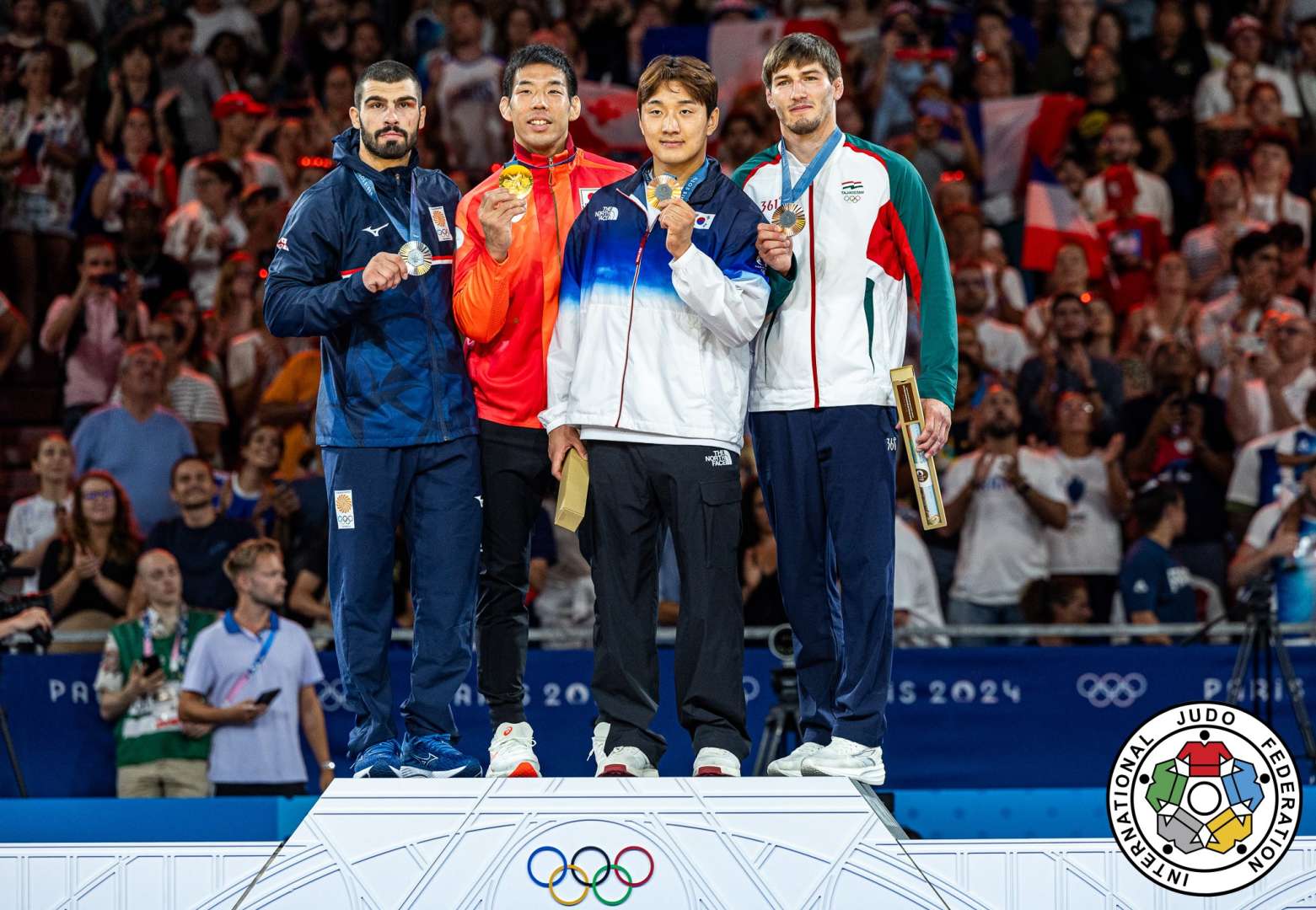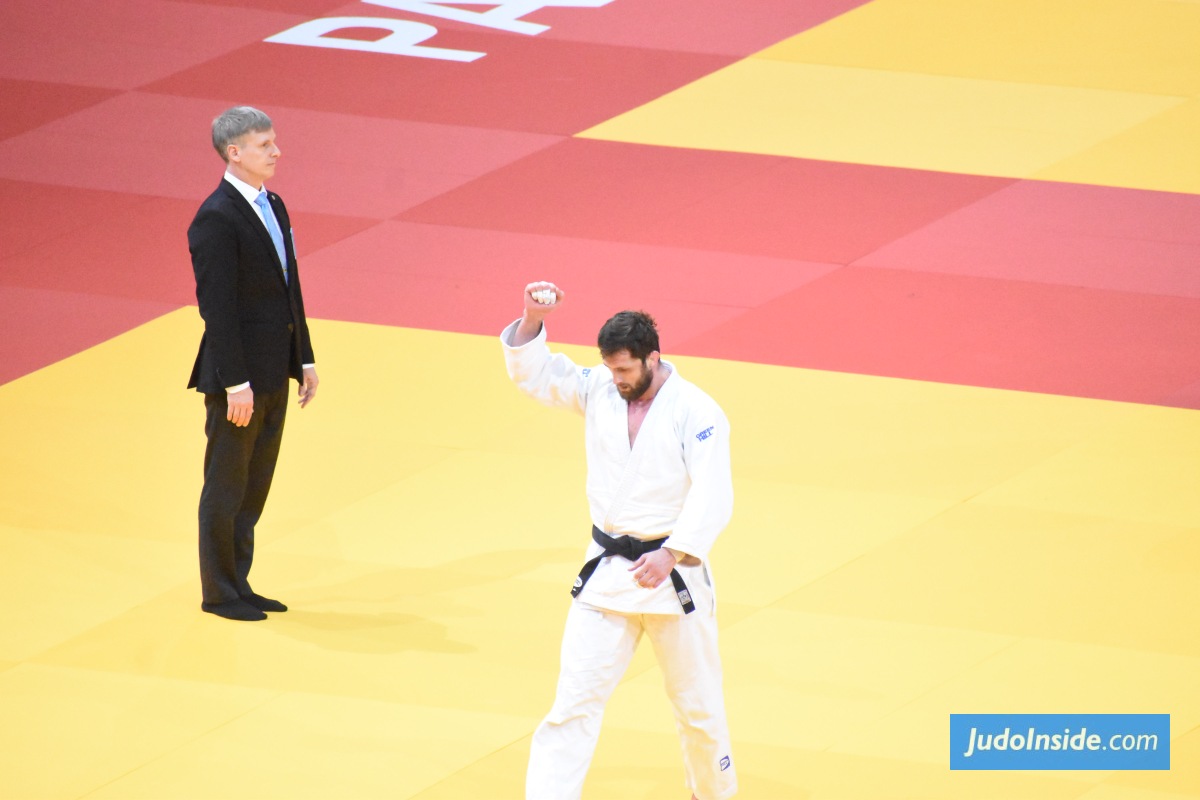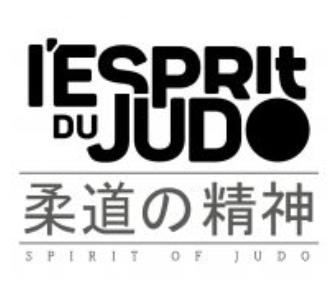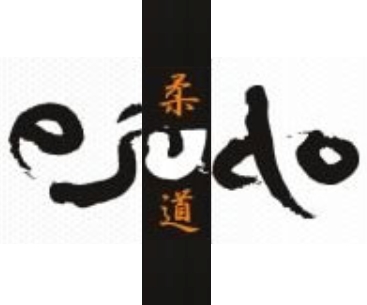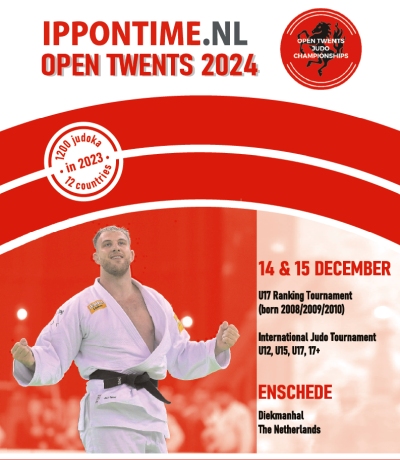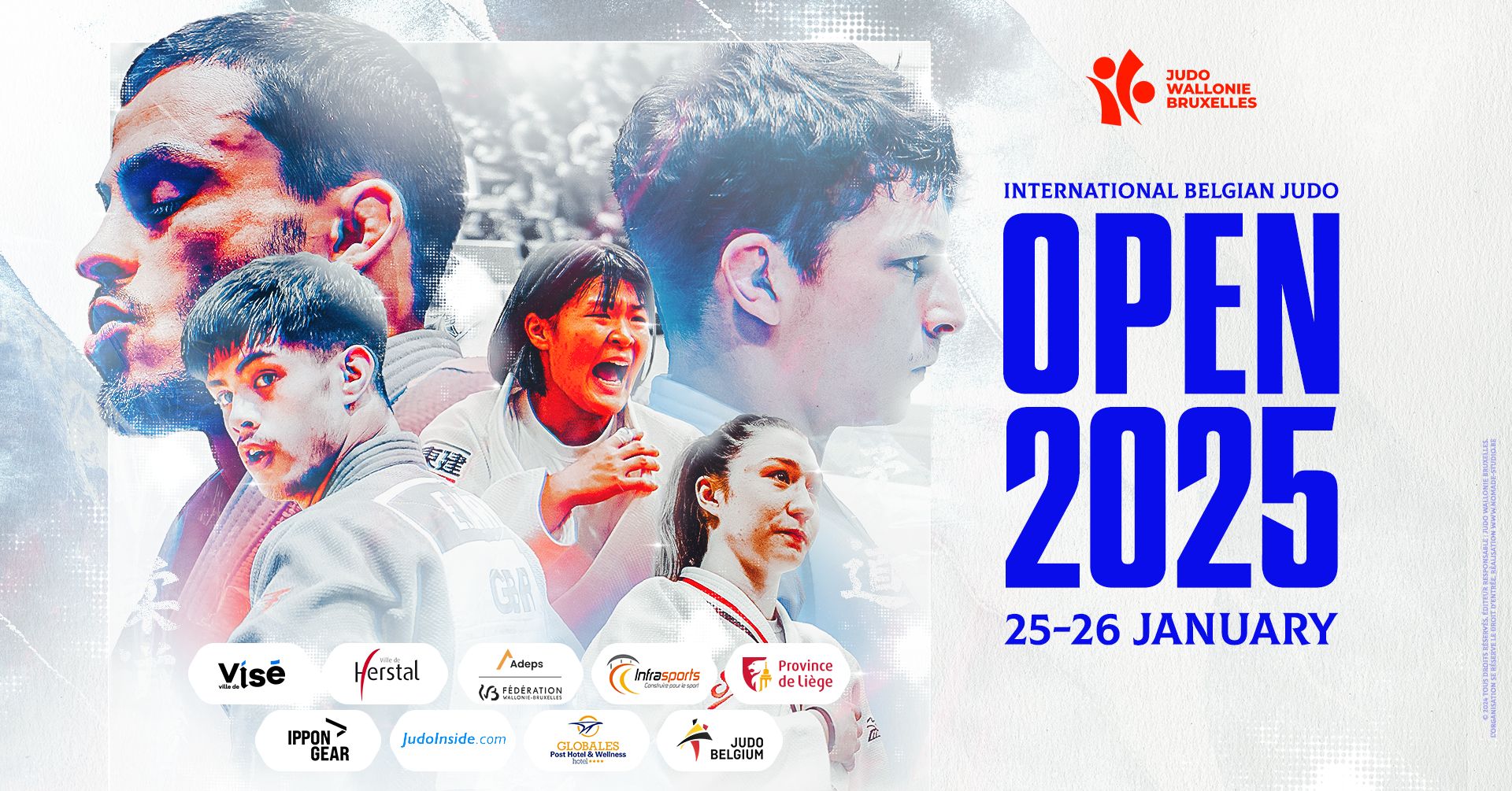The Best Sode trailblazers
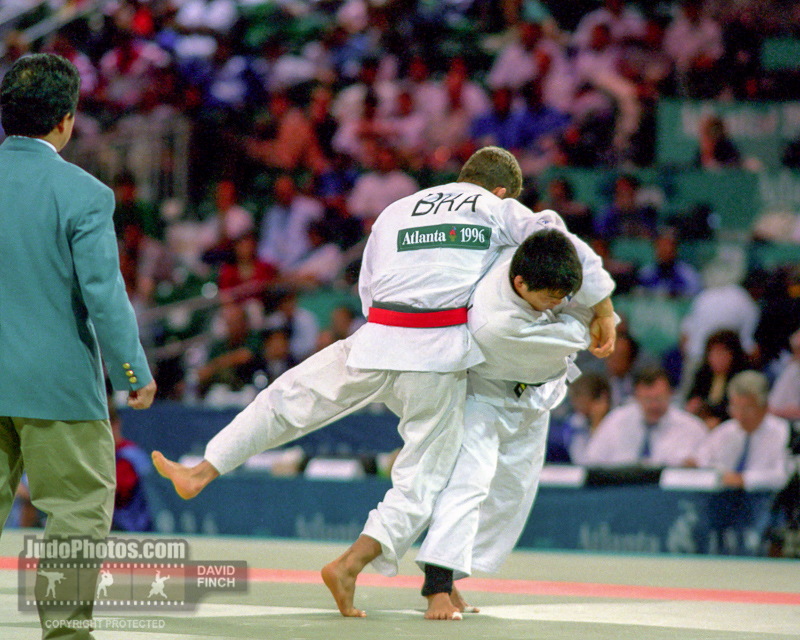
 9 Oct 2024 12:35
9 Oct 2024 12:35
 by JudoCrazy and JudoInside
by JudoCrazy and JudoInside
 David Finch / Judophotos.com
David Finch / Judophotos.com
Techniques come and go and sometimes they come around again. Judo fans around the world got their first glimpse of a breath-taking sode-tsurikomi-goshi done off just one hand when the late great Japanese champion Toshihiko Koga used it in the 1989 Belgrade World Championships. He actually didn’t score with it but he followed on into groundwork and strangled his opponent, Majemite Omagbaluwaje of Nigeria.
Toshihiko Koga
Koga’s approach to the one-handed sode was truly one-handed in that his free hand (not the one gripping the sleeve) did not take hold of uke’s leg. Sometimes he would use that hand to guide his opponent over, as he did against Omagbaluwaje and later, against Alexandru Ciupe of Romania in the 1995 Tokyo World Championships. But he did not grab the pants and do a somersault as many others would do in the years to come.
Marino Cattedra: The Other Pioneer
Lesser known is Marino Cattedra of Italy, who used a variation of the one-handed sode that is quite different from Koga’s but which would become the dominant form of the technique throughout the 1990s and into the 2000’s. In his second-round match against Philip Pradayrol of France in the 1989 Belgrade World Championships, he hoisted the Frenchman onto his hip, took hold of Pradayrol’s left leg with his free hand, and did a front somersault to finish the throw.
In finishing this throw, Cattedra’s head seems to have grazed the mat. Under today’s rules, he would have been given a hansoku-make for head-diving. Many players who would go on to adopt the somersault variation of the one-handed sode adopted the same approach, making this technique rather dangerous for the tori.
Shay Oren Smadga: The Specialist
Although Koga and Cattedra were very good at the one-handed sode, it wasn’t their tokui-waza (favorite technique). The one-handed sode, however, was the favorite technique of Oren Smadga of Israel, who used it as his main technique.
His version was closer to Cattedra’s than Koga’s, although many commentators would equate his technique with Koga’s (perhaps because Cattedra was lesser known). While Koga’s one-handed sode tended to be done in one continuous motion, Smadga’s version typically involved a two-step motion and ended up looking almost like a standing kata-guruma. He would first load up his opponent onto his back using a sode movement, take hold of uke’s leg with his free hand, and do a front somersault to finish the technique. How it differs from Cattedra though is that he didn’t head dive. He made sure his head was well clear of the mat when he landed. But conceptually, it was identical to Cattedra’s. Later Smadga’s prodigy Sagi Muki became a real expert in sode which was hard to defend by Uke.
Carolina Mariani: The Disciple
The somersault approach spread far and wide and was utilized by players in Europe, Asia and even the Americas (including South America). One of the South Americans to adopt this technique is Carolina Mariani of Argentina. She’s not a household name in judo although she was a World silver medallist from 1995.
Mariani likely drew inspiration from Smadga because unlike many others during that era, she did not do a head dive. Instead, like Smadga, she would fall on her back, making sure her head was not near the mat when she landed.
Tadahiro Nomura: Mr Versatile
The great Tadahiro Nomura was primarily known for his drop morote-seoi-nage, and certainly at the start of his career, he mainly did that technique. As his career progressed, Nomura would develop many new techniques including ippon-seoi-nage, uchimata, tai-otoshi and even side takedown. One of the techniques he developed towards the end of his career was the one-handed sode. Like many in that era, he did it with a leg grab and a somersault. His head also grazed the mat, a move that today would almost certainly be penalized with hansoku-make.
Watch the video with the one-handed sode experts
 like
like
 share
share

| Result | City | Date |
|---|---|---|
| 2 | Paris | 2024 |
| 1 | Abu Dhabi | 2024 |
| 1 | Zagreb | 2024 |
| 3 | Belgrade | 2023 |
| 2 | Montpellier | 2023 |











